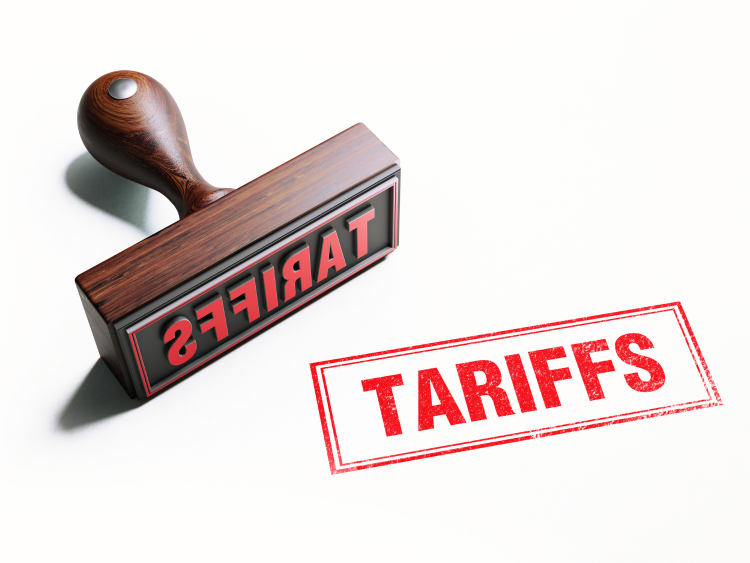Community Events

November 14, 2025
SMU Community Chat: Unpacking the legal considerations of IEEPA tariffs and the Supreme Court
Written by Kristen DiLandro
Wiley Law trade attorneys, Alan Price and Robert DeFrancesco, offered legal expertise to steel and aluminum market participants on Thursday’s SMU Community Chat.
Much of the discussion focused on whether President Trump’s use of the International Emergency Economic Powers Act (IEEPA) to impose tariffs is constitutional.
The IEEPA provision, President Trump stated, granted him the authority to impose sweeping “Liberation Day” tariffs, also referred to as “reciprocal tariffs.”
The US Constitution grants the power to tariff and tax to the legislative branch of the government.
On background
Following the Trump administration’s reveal of Liberation Day tariffs in April, private organizations teamed up with several states to challenge the constitutionality of the President’s use of IEEPA.
Steel and aluminum products have tariff protection under Section 232, which Trump utilized to protect domestic manufacturers. However, certain raw materials including iron products and various agents that are crucial to the steel and aluminum industries are not covered under S232 provisions. Those products could be subject to 10% IEEPA tariffs.
On Nov. 5, the Supreme Court of the US (SCOTUS) heard arguments from the administration’s Solicitor General John Saur who contended that the Trump was within his executive power when he imposed tariffs through the IEEPA mechanism. Supreme Court justices across the ideological spectrum probed the arguments made by the solicitor.
Price and DeFrancesco fielded questions and weighed in on how the domestic steel and aluminum markets could be shaped by upholding or repealing the tariffs on the basis of their constitutionality.
The crux of understanding the case is that it is more of a question about whether the administration used the correct (constitutionally sound) lever for implementing tariffs or whether they should have used a different one. Technically, the justices went in depth in their comments during their arguments about two key points.
Under discussion, the SCOTUS zeroed in on the “major questions” and “non-delegation” doctrines as bulwarks of the constitutional separation of powers. Several justices demanded a clearer statement of Congress’s intent before allowing the executive branch to claim sweeping tariff authority.
The analysis
Both lawyers urged the community to look at the comments issued by the justices. DeFrancesco, said the “tone” of the justices when they almost unanimously came at Saur with hardline questions isn’t predictive of the outcome for the case.
He explained that lower courts found that the executive branch may not have the authority to use IEEPA, but there are plenty of other legally sound mechanisms within the Constitution that the president can use to apply the tariffs.
Both Price and DeFrancesco were very clear that rolling back the tariffs and having to pay back parties that paid the fees would be a logistical nightmare. The need to do a retroactive financial repair, rather than simply striking down the move going forward, seemed legally essential to the legal experts.
Additional tariff considerations
Price and DeFrancesco addressed how the US trade deal with Mexico and Canada (USMCA) could evolve in its next iteration. The parties will renegotiate the trade agreement in 2026.
Whether countries will restore existing terms or impose tougher measures to support US reshoring remains a major unknown for the US market.
Alan Price stressed the US must keep two factors in mind when negotiating with neighbors. First, are the tariffs high enough on imported materials to support domestic capacity and keep the incentive to maintain that capacity? And two, with contraction of overall consumption, how will the US, Mexico, and Canada all work on feeding their own domestic markets? Price said negotiations will likely include discussions around rules of origin.
Robert DeFrancesco says negotiations will be tougher. The Trump playbook pushes to reshore jobs, production, and capacity wherever possible.
On the topic of Tariff Rate Quotas (TRQs), the argument against the system is that it’s not beneficial to US producers, historically.
If you’re an SMU subscriber and you missed the Community Chat with Alan Price and Robert DeFrancesco, you can access a replay on our website. While you’re there, check out our extensive library of past Community Chats!





